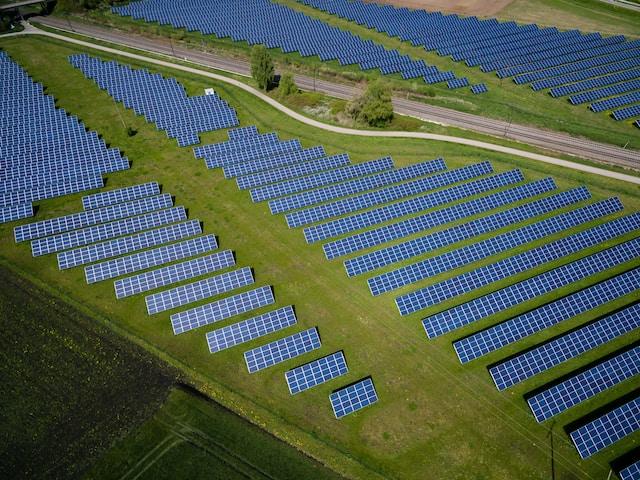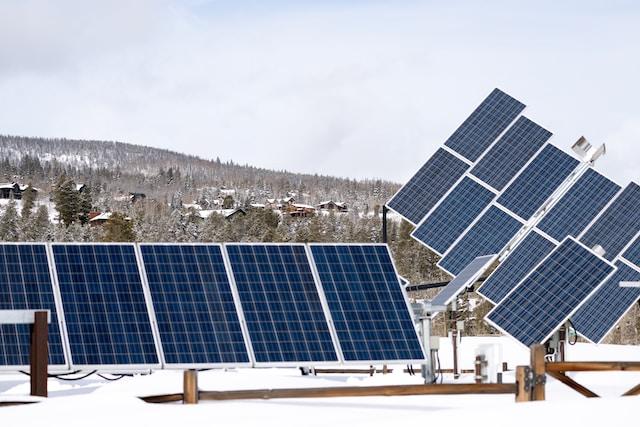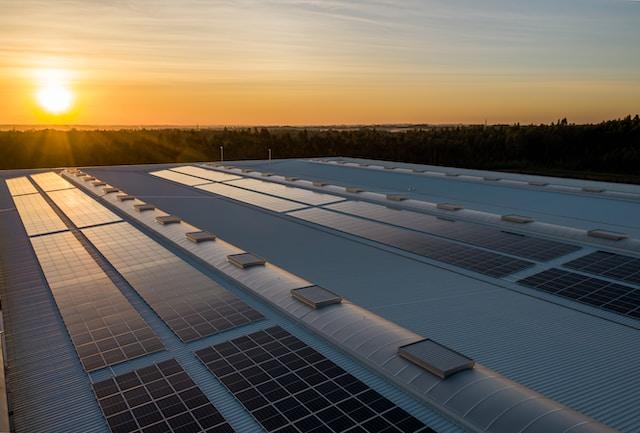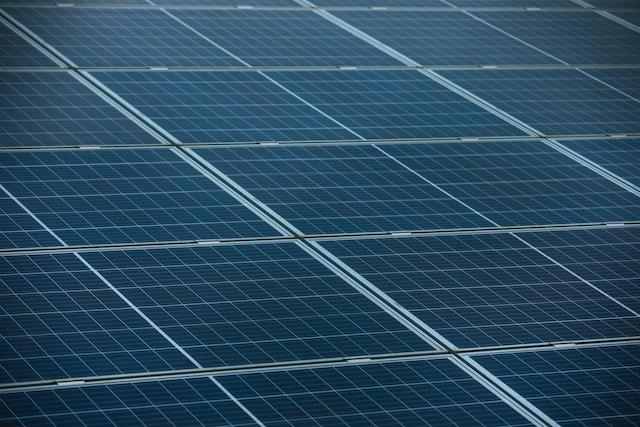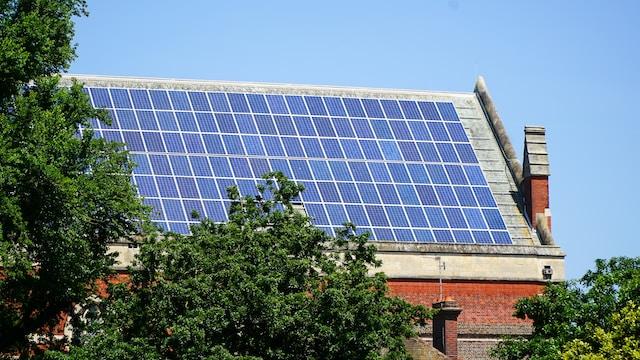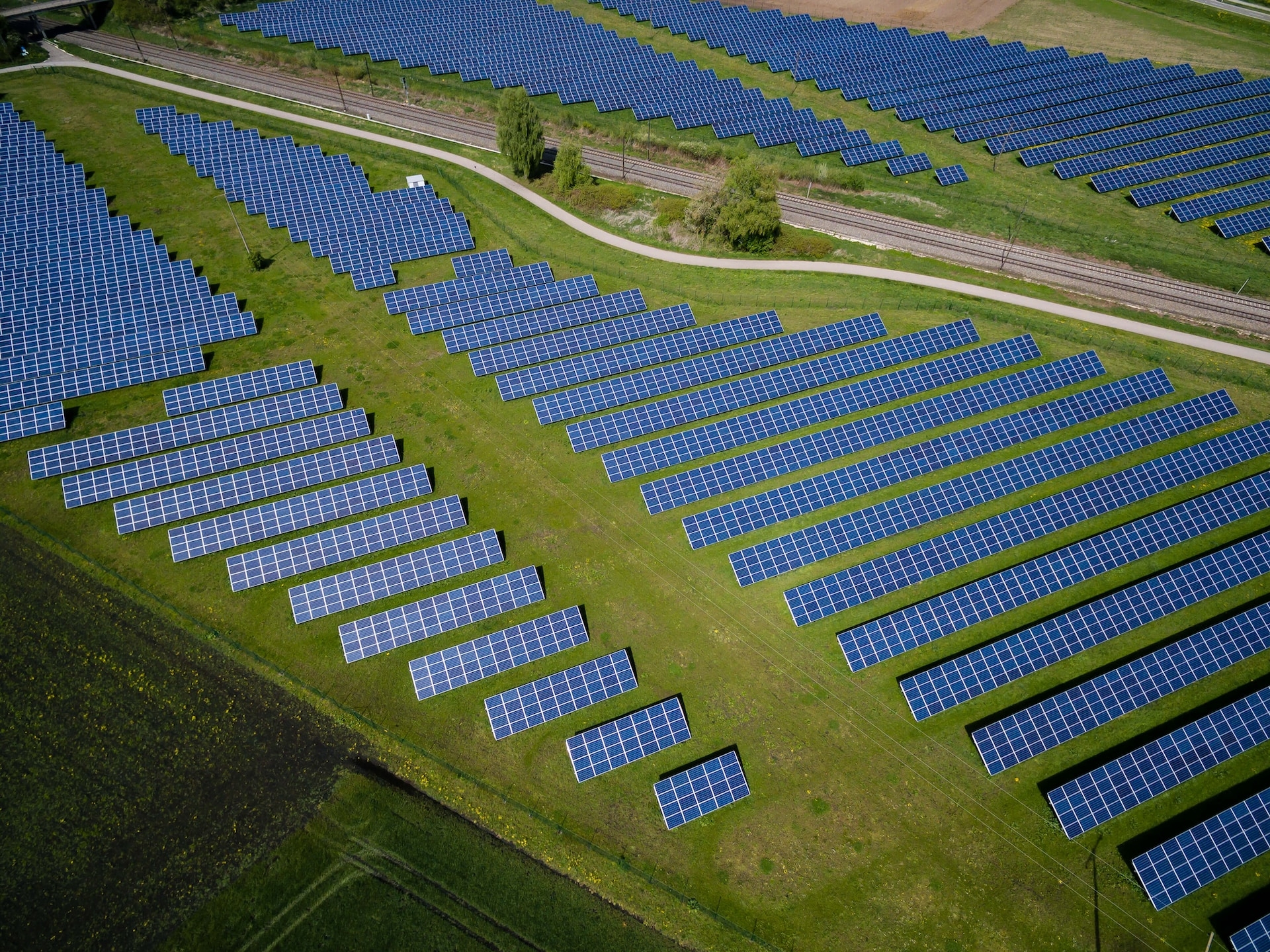
How Temperature Affects Solar Panels Performance
Introduction
Solar panels are gaining immense popularity as an eco-friendly and cost-effective solution for harnessing clean energy from the sun. With the global shift towards sustainable living, it is essential to understand the various factors that influence solar panel performance. One key factor that plays a crucial role in determining a solar panel's efficiency is the ambient temperature. This article will delve into the intricacies of the relationship between temperature and solar panels performance, shedding light on how fluctuations in temperature can impact energy production. By exploring the effects of both high and low temperatures on solar panel efficiency, we aim to provide valuable insights for homeowners and businesses looking to maximize their return on investment in renewable energy systems. Stay tuned as we uncover the science behind temperature's impact on solar panels and offer strategies to optimize their performance in varying temperature conditions.
Understanding Solar Panels and Temperature
Solar panels are designed to capture sunlight and convert it into usable electricity through a process called the photovoltaic (PV) effect. This phenomenon involves the absorption of photons by solar cells, which generate electron movement and ultimately produce electrical power. However, solar panel efficiency is directly influenced by the surrounding temperature, making it a critical factor to consider for optimal performance. As temperature rises, solar cells become less efficient at converting sunlight into energy, leading to a decrease in overall power output. To better comprehend this relationship, it is important to be familiar with two essential temperature concepts: the temperature coefficient and the Nominal Operating Cell Temperature (NOCT). The temperature coefficient indicates the percentage decrease in a solar panel's output for every degree Celsius increase in temperature above a standard testing condition, typically 25°C. Solar panels with lower temperature coefficients perform better in high-temperature environments, experiencing a smaller decline in efficiency. On the other hand, the NOCT represents the expected operating temperature of a solar panel under real-world conditions. It is usually measured at a specific set of parameters, including an ambient temperature of 20°C, solar irradiance of 800 W/m², and a wind speed of 1 m/s. Understanding these key temperature concepts is crucial for accurately evaluating and comparing solar panel performance under different temperature conditions, ensuring the best results for your renewable energy investment.
The Impact of High Temperatures on Solar Panels
High temperatures can have a significant impact on solar panel efficiency, resulting in reduced power output. This decrease in efficiency occurs because the solar cells' performance is inherently sensitive to temperature changes. As the temperature rises, the conductivity of the semiconductor material within the solar cells decreases, leading to a lower rate of energy conversion. In turn, this causes an increase in the cell's resistive losses, ultimately diminishing the overall power output of the solar panel system. The reduction in performance due to high temperatures is particularly relevant in regions with hot climates, such as desert areas or locations with consistently high summer temperatures. For example, solar panels installed in Arizona or Nevada are exposed to sweltering conditions, which can cause a notable decline in energy production during the hottest parts of the year. Similarly, solar power plants in countries like India and Saudi Arabia also face challenges in maintaining optimal performance under scorching temperatures. To mitigate the impact of high temperatures on solar panel efficiency, it is vital to select panels with lower temperature coefficients and implement effective cooling strategies. By understanding the relationship between temperature and solar panel performance, homeowners and businesses can make informed decisions when choosing the most suitable panels for their specific location and environmental conditions, ensuring that their renewable energy investment generates the maximum possible power output.
The Impact of Low Temperatures on Solar Panels
In contrast to high temperatures, low temperatures can actually boost solar panel efficiency. This improvement in performance is attributed to the enhanced conductivity of the semiconductor materials within solar cells at colder temperatures. As the temperature decreases, these materials become more efficient at converting sunlight into electricity, leading to higher energy production rates. Despite the advantages of low temperatures, there are challenges associated with maintaining optimal solar panel performance in cold environments. One such challenge is the accumulation of snow on solar panels, which can block sunlight and impede energy generation. In these instances, it is essential to remove snow from the panels as quickly and safely as possible to maintain energy production. Additionally, low temperatures can also lead to increased brittleness of certain materials, making them more susceptible to breakage under extreme conditions. Solar panels can successfully operate in low-temperature environments, as evidenced by installations in regions like Canada, Scandinavia, and Alaska. These locations benefit from increased solar panel efficiency during colder months, even with shorter daylight hours. To ensure optimal performance in such conditions, it is important to select solar panels specifically designed for cold climates, as well as implement strategies for managing snow accumulation and other cold-related challenges. By doing so, homeowners and businesses in colder regions can harness the benefits of solar energy all year round.
Strategies for Managing Temperature Effects on Solar Panels
Effectively managing the temperature effects on solar panels is essential for maintaining their efficiency and prolonging their lifespan. Several strategies can be employed to mitigate the impact of temperature fluctuations on solar panel performance, ensuring optimal energy production regardless of the environment. First, installing solar panels at an optimal angle can help maximize sun exposure and facilitate passive cooling through increased airflow. This optimizes the energy generation throughout the year and allows for more effective heat dissipation, preventing overheating in hotter climates. Second, utilizing solar panel cooling systems, such as active ventilation, heat sinks, or water-based cooling, can further help regulate the temperature of solar panels. These cooling methods can minimize efficiency losses due to high temperatures and protect the panels from potential heat-related damage. Lastly, regularly monitoring and maintaining the solar panel system is crucial for identifying and addressing any temperature-related issues promptly. This includes cleaning the panels to remove debris or snow, inspecting the mounting hardware, and monitoring the system's performance for any significant efficiency drops or signs of overheating. By implementing these strategies, homeowners and businesses can improve overall solar panel performance, reduce the impact of temperature fluctuations on their renewable energy system, and optimize their return on investment. Adapting to the specific needs of each installation location can make a significant difference in the long-term success of any solar energy project.
Selecting Solar Panels with Optimal Temperature Coefficients
When selecting solar panels for your renewable energy system, it is crucial to consider the temperature coefficient as a key factor in the decision-making process. The temperature coefficient indicates the percentage change in a solar panel's output for every degree Celsius increase in temperature above the standard testing condition (typically 25°C). By choosing panels with a lower temperature coefficient, you can ensure a smaller decrease in efficiency under high-temperature conditions, which leads to a more reliable and consistent energy production. Various types of solar panels exhibit different temperature coefficients. For instance, monocrystalline solar panels are known for their higher efficiency rates and generally have lower temperature coefficients compared to polycrystalline panels. Thin-film solar panels, such as cadmium telluride (CdTe) or amorphous silicon (a-Si), often possess even lower temperature coefficients, making them suitable for hot climates where conventional solar panels might underperform. When selecting solar panels, consider the specific temperature conditions of your installation site. For areas with high average temperatures, opt for solar panels with lower temperature coefficients to minimize efficiency losses due to heat. Alternatively, in regions with more moderate or cold temperatures, focus on other factors such as efficiency, durability, and cost to find the best solution for your renewable energy needs. By carefully evaluating the temperature coefficient alongside other key performance indicators, you can make an informed decision and select the most suitable solar panels for your unique climate and environment.
Conclusion
In conclusion, temperature plays a pivotal role in solar panel performance, with high temperatures causing a decline in efficiency and low temperatures potentially enhancing it. Understanding and managing this relationship is essential for optimizing solar energy production and ensuring the longevity of your solar panel system. By considering factors such as temperature coefficient, panel type, and implementing strategies to manage temperature effects, you can maximize your return on investment in renewable energy. Keep this information in mind when selecting, installing, or maintaining a solar panel system to harness the full potential of clean, sustainable energy from the sun.
Apr 3, 2023
Share:
Fresh off the Press
Continue reading
Newsletter
Your journey towards a sustainable lifestyle starts here!
Join our newsletter for the latest on solar panels and clean energy breakthroughs.

